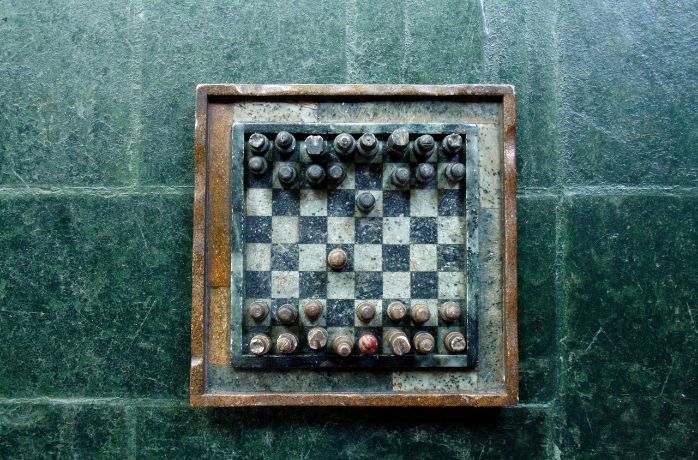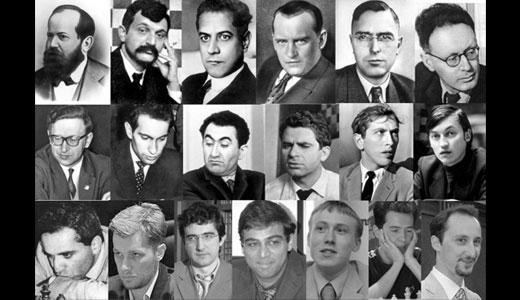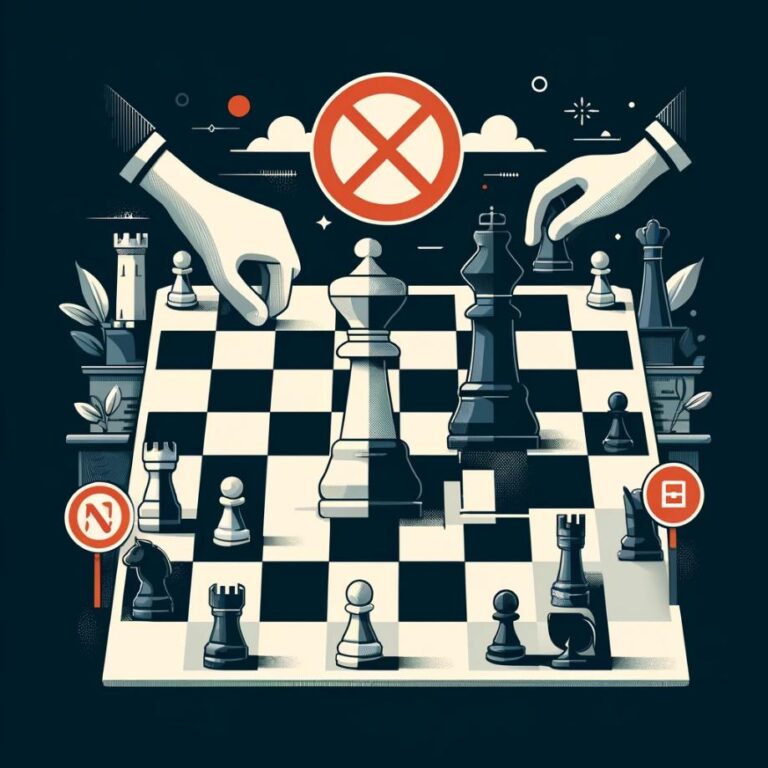Chess, a game of strategy and skill, captivates millions with its complexity and depth. Central to its play are the chess pieces, each with unique movements and strategies. Understanding how each piece moves is fundamental to mastering the game. Let’s dive into the movements of each chess piece, providing a clear guide for both beginners and those looking to refresh their knowledge.
The Pawn
Pawns move forward one square but have the option to move two squares forward from their initial position. They capture opponents’ pieces by moving one square forward diagonally. A special move, “en passant,” allows a pawn to capture an opponent’s pawn that has moved two squares from its original position, as if it had moved only one square. Pawns can also be promoted to any other piece (except the king) when they reach the opposite side of the board.
The Rook
Rooks move any number of squares along a row or column. They play a crucial role in “castling,” a special move involving the king and a rook that allows a player to secure the king and position the rook more centrally. Rooks are powerful pieces when they are protecting each other on open files or when they can penetrate the opponent’s position.
The Knight
Knights have a unique L-shaped movement — they move two squares in one direction and then one square perpendicular to the first direction, or vice versa. Knights are the only pieces that can “jump” over other pieces on the board. This ability makes them especially tricky and versatile in the early game, where they can maneuver through crowded positions.
The Bishop
Bishops move diagonally any number of squares. Each player starts with two bishops, one on light squares and the other on dark squares, and they remain on their respective color throughout the game. Bishops become more powerful as the board opens up, working well together as they can control a lot of squares and create threats across the board.
The Queen
The queen is the most powerful piece on the board, combining the powers of the rook and bishop. She can move any number of squares along a row, column, or diagonal. The flexibility and reach of the queen make her a dominant force, capable of controlling vast portions of the board and delivering checkmates.
The King
The king moves one square in any direction. While the king is not as mobile as other pieces, it is the most important piece. The game’s objective is to threaten the opponent’s king in such a way that no move can prevent its capture (checkmate). The king also has a special move called castling, done in conjunction with a rook to improve its safety.
Conclusion
Understanding the unique movements and capabilities of each chess piece is the foundation of chess strategy. Mastering these basics opens up a world of strategic possibilities, allowing players to develop tactics, plan ahead, and outthink their opponents. Whether you’re a beginner or brushing up on the rules, knowing how the pieces move is your first step on the journey to becoming a skilled chess player.







